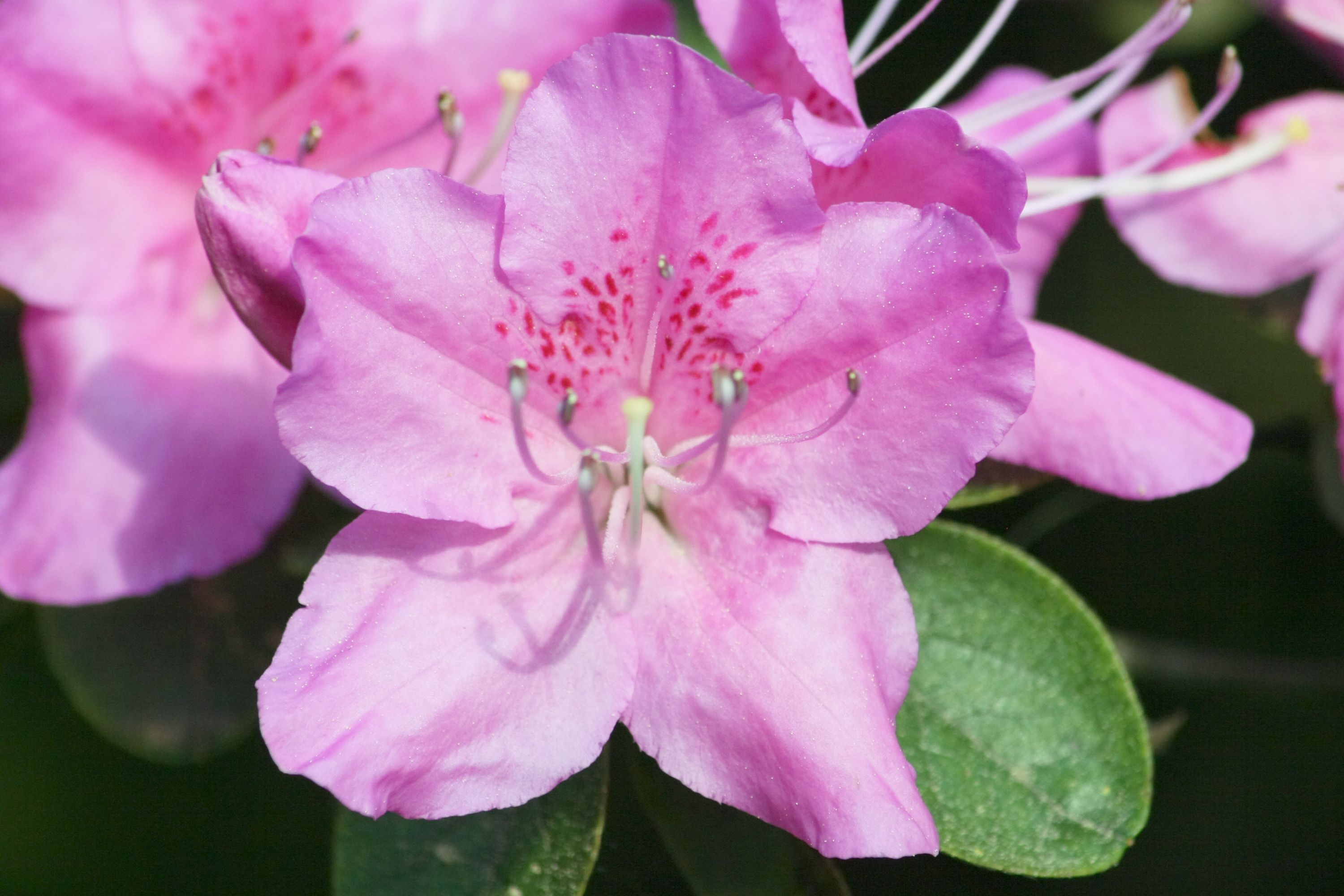Williams rhododendron
(Rhododendron williamsianum)

Description
Rhododendron williamsianum is a stunning evergreen shrub that belongs to the Ericaceae family, commonly known as the heath family. It is native to southwestern China, specifically in the provinces of Yunnan and Sichuan, where it grows in mountainous regions at elevations of up to 12,000 feet. This article will provide detailed information about Rhododendron williamsianum, including its physical characteristics, habitat, cultivation, and uses. Physical Characteristics Rhododendron williamsianum is a slow-growing shrub that can reach a height of 6-10 feet and a width of 5-8 feet at maturity. It has a compact, rounded form with dense foliage, which makes it an excellent choice for hedges, borders, or as a standalone specimen. The leaves are evergreen and leathery, with an oval shape and a glossy, dark green color. The foliage is particularly attractive, with new growth emerging with a bronze tint that eventually matures into the deep green color. The flowers of Rhododendron williamsianum are perhaps its most striking feature. The blooms are funnel-shaped and measure up to 2 inches across. They are a beautiful shade of pink, with darker pink stripes on the upper petal. The flowers appear in clusters of 3-5 in early to mid-spring, and they are a popular choice for cut flower arrangements. Habitat and Cultivation Rhododendron williamsianum is native to the mountainous regions of southwestern China. It prefers well-draining, acidic soils, with a pH range of 4.5-5.5, and it grows best in areas with high humidity and cool temperatures. It is hardy to USDA zones 7-9, which means it can tolerate minimum temperatures of 0°F to 20°F. Cultivation Rhododendron williamsianum can be cultivated in a range of soil and climate conditions, although it prefers well-draining acidic soils and cool, humid climates. Here are some tips for cultivating Rhododendron williamsianum: Soil: Rhododendron williamsianum prefers acidic soil with a pH range of 4.5-5.5. The soil should be well-draining to prevent waterlogging, which can lead to root rot. If your soil is not naturally acidic, you can add organic matter such as peat moss, pine needles, or compost to lower the pH. Light: Rhododendron williamsianum prefers partial shade, although it can tolerate some direct sun in cooler climates. In hot climates, it is important to provide some shade during the hottest parts of the day to prevent leaf scorch. Watering: Rhododendron williamsianum requires consistent moisture, so it should be watered regularly during periods of drought. Be sure to water deeply to encourage deep root growth and avoid shallow roots that are more susceptible to drought. Fertilizing: Rhododendron williamsianum benefits from regular fertilization with a high-acid fertilizer in the spring. Avoid using fertilizers high in phosphorus, as this can lead to nutrient imbalances and poor growth. Pruning: Rhododendron williamsianum should be pruned in the late winter or early spring, before new growth emerges. This will help to encourage bushier growth and promote the development of new flower buds. Prune any dead or diseased branches, and trim back any overgrown branches to maintain the desired shape. Propagation: Rhododendron williamsianum can be propagated by seed or by taking semi-ripe cuttings in the summer. Seeds can take several years to germinate, so cuttings are often the preferred method of propagation. Overall, Rhododendron williamsianum is a relatively easy plant to cultivate, provided it is given the right growing conditions. With proper soil, light, water, and fertilizer, this beautiful shrub can thrive in a range of garden and landscape settings. Uses Rhododendron williamsianum is primarily grown for its ornamental value. It is a popular choice for hedges, borders, and as a standalone specimen in gardens and landscapes. Its compact form and dense foliage make it an excellent choice for privacy screens, as it can block out noise and provide a sense of seclusion. The flowers of Rhododendron williamsianum are also prized for their beauty and are often used in cut flower arrangements. The blooms are long-lasting and retain their color well, making them a popular choice for floral displays. In addition to its ornamental uses, Rhododendron williamsianum has some medicinal properties. In traditional Chinese medicine, the leaves of the plant are used to treat a variety of ailments, including fever, cough, and sore throat. However, it is important to note that the plant can be toxic if ingested, so it should only be used under the guidance of a qualified healthcare provider. Conservation Status The conservation status of Rhododendron williamsianum is currently listed as "Vulnerable" by the International Union for Conservation of Nature (IUCN). This means that the species faces a high risk of extinction in the wild in the near future. The main threats to the species are habitat loss and degradation due to logging, agricultural activities, and human development. In addition, the species is also threatened by climate change and the spread of invasive species. Efforts are currently underway to conserve and protect Rhododendron williamsianum and its habitat, including the establishment of protected areas and the implementation of sustainable land-use practices. However, continued conservation efforts are needed to ensure the survival of this beautiful and important species. Conclusion Rhododendron williamsianum is a beautiful evergreen shrub that is prized for its ornamental value. Its compact form and dense foliage make it an excellent choice for hedges, borders, and standalone specimens in gardens and landscapes. The stunning pink flowers are a popular choice for cut flower arrangements, and the plant has some medicinal properties in traditional Chinese medicine. With the right care and cultivation, Rhododendron williamsianum can provide years of
Taxonomic tree:







